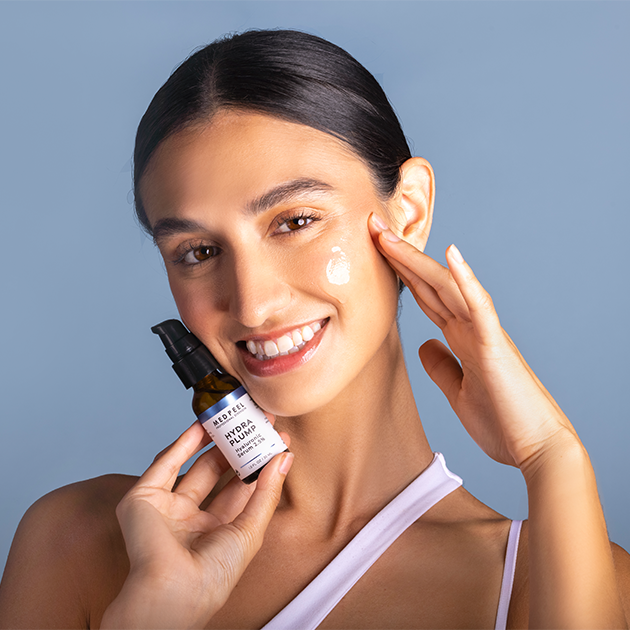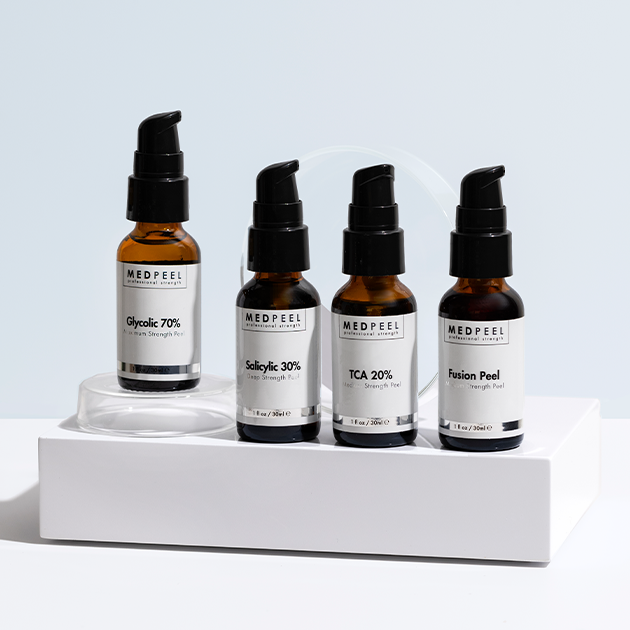
As peel season approaches, it's essential for estheticians and clients alike to separate fact from fiction when it comes to chemical peels. Peel season offers an opportune time for clients to refresh and rejuvenate their skin, but myths and misconceptions can sometimes hold them back from experiencing the transformative benefits of this treatment. Here, we'll debunk common peel myths and emphasize the importance of estheticians educating their clients to ensure a positive and informed skincare experience during this season of renewal.
Myth #1: Chemical Peels Always Result in Excessive Peeling
Fact: While some chemical peels may cause visible peeling, not all treatments lead to significant flaking or downtime. Estheticians play a crucial role in assessing clients' skin types and concerns to recommend the most suitable peel formulations and strengths. By tailoring treatments to individual needs, estheticians can minimize peeling while still delivering effective results, allowing clients to enjoy radiant skin without disruption to their daily routines.
Myth #2: Chemical Peels Are Painful and Uncomfortable
Fact: With proper technique and client care, chemical peels are generally well-tolerated and cause minimal discomfort. Estheticians prioritize client comfort throughout the treatment process, ensuring that any sensations experienced, such as tingling or warmth, are temporary and manageable. By educating clients on what to expect during a peel and addressing any concerns they may have, estheticians can help alleviate anxiety and create a positive treatment experience.
Myth #3: Chemical Peels Are Unsafe for Dark Skin Tones
Fact: While individuals with darker skin tones may have unique considerations when undergoing chemical peel treatments, such as a slightly higher risk of post-inflammatory hyperpigmentation (PIH), estheticians can mitigate these risks through proper assessment and preparation. By selecting appropriate peel formulations, adjusting treatment parameters, and implementing targeted post-peel care protocols, estheticians can ensure the safety and efficacy of peel treatments for clients of all skin tones.
Myth #4: Chemical Peels Thin the Skin
Fact: Contrary to popular belief, chemical peels do not thin the skin when performed correctly by a skilled esthetician. Instead, peels promote collagen synthesis, enhance cellular turnover, and improve overall skin health and resilience. Estheticians educate clients on the mechanisms of action behind chemical peels, emphasizing their role in stimulating skin renewal and enhancing the skin's natural barrier function for a more youthful and radiant complexion.
Myth #5: Chemical Peels Are Only for Anti-Aging
Fact: While chemical peels are indeed effective for addressing signs of aging such as fine lines, wrinkles, and loss of elasticity, they offer benefits beyond anti-aging concerns. Estheticians educate clients on the versatility of chemical peels in targeting acne, acne scars, hyperpigmentation, uneven skin tone, and sun damage, making them suitable for individuals of all ages and skin types. By customizing peel treatments to address specific concerns, estheticians empower clients to achieve their skincare goals and embrace their natural beauty.
As peel season approaches, estheticians have a unique opportunity to educate their clients and dispel common myths surrounding chemical peels. By providing accurate information, personalized recommendations, and ongoing support, estheticians can help clients make informed decisions about their skincare journey and achieve radiant, healthy-looking skin. Together, let's embrace peel season as a time for renewal, transformation, and empowerment, one beautifully educated client at a time.



